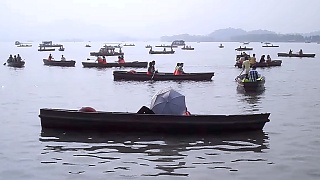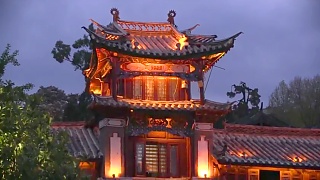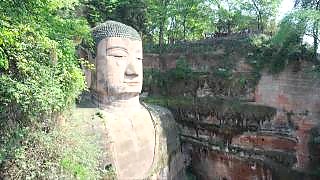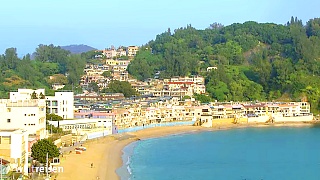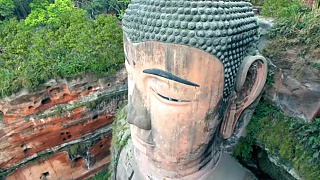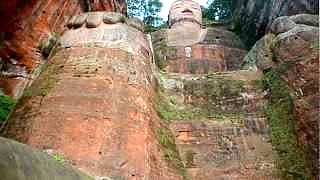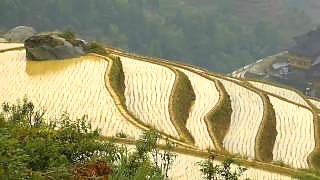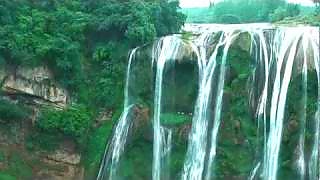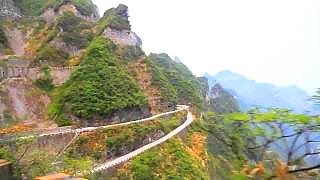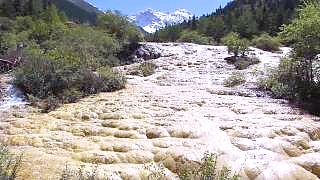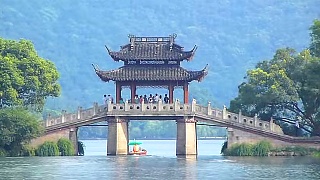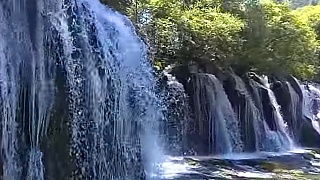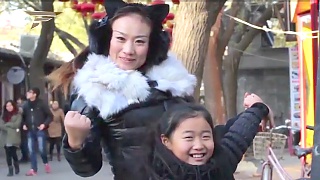The LeShan Giant Buddha 乐山大佛 is located in SiChuan province and is a 233 foot tall stone statue constructed during the Tang Dynasty.
Emei Shan (3,100 meters / 10,200 feet) is one of the four Chinese Buddhist sacred mountains.
Emei Shan is UNESCO World Heritage Site (together with the Leshan Giant Buddha) : "...an area of exceptional cultural significance as it is the place where Buddhism first became established on Chinese territory... The first Buddhist temple in China was built on the summit of Mount Emei in the 1st century CE."
[640],shadow=true,start=,stop=Documentaries ...
[320],shadow=true,start=,stop=
[320],shadow=true,start=,stop=

 LeShan Giant Buddha 乐山大佛, Mount Emei 峨眉山 Scenic Area
LeShan Giant Buddha 乐山大佛, Mount Emei 峨眉山 Scenic Area